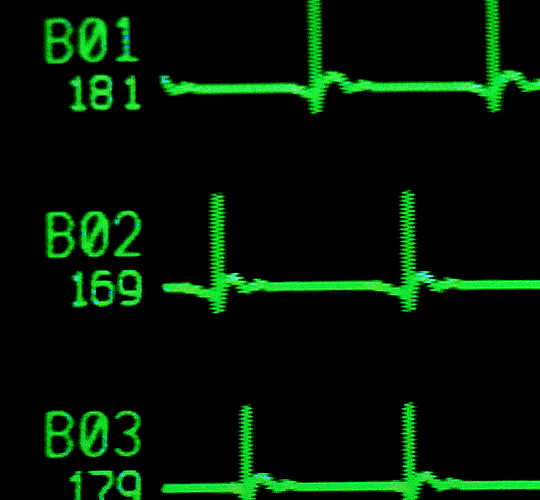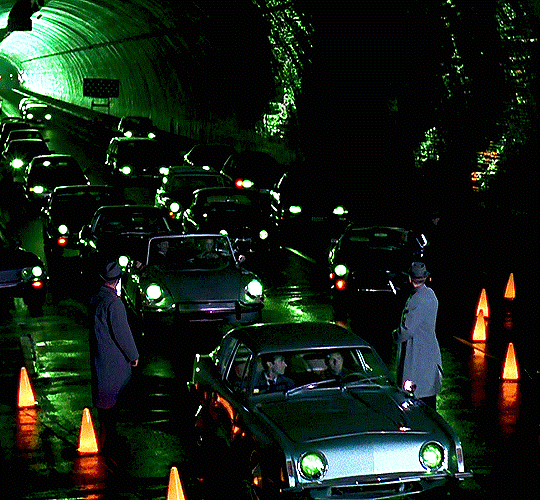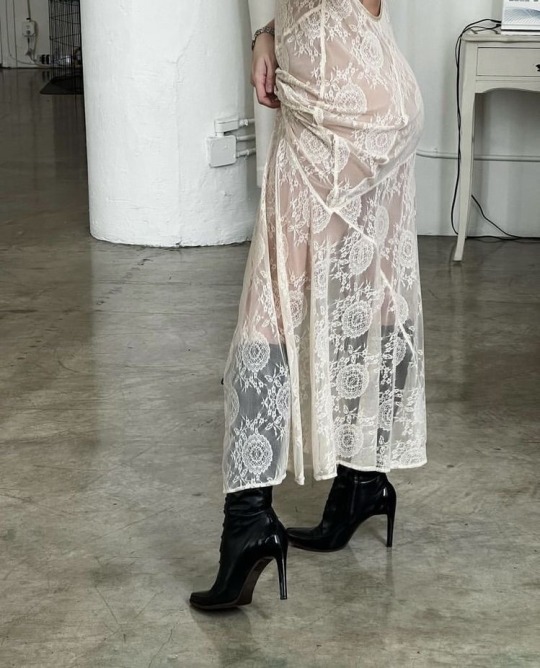On my body, the grace of shadows and in my heart: all Hells - an ink jar. ig: freyas.dream
Don't wanna be here? Send us removal request.
Photo






Francesco Scognamiglio (2011), Pamella Rolan (2018), Alexandre Vauthier (2018), Oscar de la Renta (2020), Iris Van Herpen (2015), Jean Paul Gautier (2016)
11K notes
·
View notes
Text


17 January, 1926 The Letters of Vita Sackville-West to Virginia Woolf (1924-1941)
300 notes
·
View notes
Text


17 January, 1926 The Letters of Vita Sackville-West to Virginia Woolf (1924-1941)
846 notes
·
View notes
Text


Virginia Woolf, The Waves originally published: 1931
3K notes
·
View notes
Text
“Eat it, she says. It’s knowledge. From dead cultures. It’s also blood.”
— Alice Notley, from ‘Songs and Stories of the Ghouls’
2K notes
·
View notes
Text
Vampires and Pelle's Mind: The Dark Connection Between Life, Death, and Immortality
-

Pelle’s connection to vampires was not merely an interest in folklore but a reflection of his internal battles. Vampires represented his fears, hopes, isolation, and pain. They were not just monsters, they were mirrors of his own condition, standing at the threshold of life and death, grappling with the same longing for transcendence that defined much of Pelle’s journey.
-
Pelle's connection to vampires transcended a simple fascination with mythical creatures. It unveiled a profound complexity in his psyche, where inner pain, existential angst, and a quest for refuge intertwined with a dark, romantic view of life and death.
Vampires, immortal beings caught between life and death, symbolized more than power or allure to Pelle. They became a metaphor for his struggles, desires, and the paradox of existence.
Pelle’s relationship with death was ambivalent. While he romanticized its finality as an escape from suffering, vampires embodied a "transcended death."
Existing but not truly alive, they mirrored his yearning to surpass human frailty. Vampires offered a vision of eternal existence, free of life's vulnerabilities but haunted by its own burdens, a reflection of Pelle’s inner dichotomy.
The loneliness, both of Pelle and the vampires, is a central trait that unites them. Vampires, by their nature, are detached from humanity and often forced to live in isolation, trapped in an endless cycle of solitude and despair.
For Pelle, this existential isolation resonated deeply. He saw himself as someone apart from the world, someone who belonged neither to the living nor the dead. Vampires, with their existence on the fringes of human life, were the embodiment of his sense of disconnection. The search for understanding and acceptance was a constant theme for him, and by identifying with these mythical beings, Pelle seemed to find a reflection of his own pain: a being condemned to live but unable to fully integrate with what surrounds him.
For someone grappling with a world that often felt uncontrollable, the power vampires wielded over life and death might have symbolized a reclaiming of agency. They were beings beyond human limitations, a stark contrast to the fragility Pelle experienced daily. In imagining himself as a vampire, he perhaps sought a form of transcendence, escaping not just mortality but the constraints of his own existence.
Pelle often expressed disdain for the trivialities of human life, feeling alienated from its conventions. Vampires, removed from the mundane and elevated above humanity, represented an ideal of detachment. They embodied what Pelle longed for: an existence untouched by the banality and pain of being human.
While immortality may seem appealing, vampires often carry the weight of eternity as a curse. For Pelle, who viewed the world as empty and devoid of meaning, this eternal struggle mirrored a fear of living endlessly without purpose. Vampires' burdens reflected his own existential dread, a paradoxical longing for immortality tinged with the despair of existence itself.
Vampires inhabit a liminal space between life and death, belonging to neither. Pelle’s alienation, his sense of being a "walking contradiction," aligned with this existential exile. This state of in-betweenness, alive yet not truly living, felt like a mirror to his own existence.
Pelle’s fascination with immortality wasn’t solely about eternal life but about leaving an indelible mark. Through his art, he sought to transcend mortality, much like vampires etch themselves into legend.
Their timelessness mirrored his wish to be remembered beyond the confines of his brief existence.
Ps: Not my drawing, claim if it's yours!
8 notes
·
View notes
Text

Nikolay Punin, from a diary entry featured in The Diaries of Nikolay Punin: 1904 - 1953
320 notes
·
View notes

















